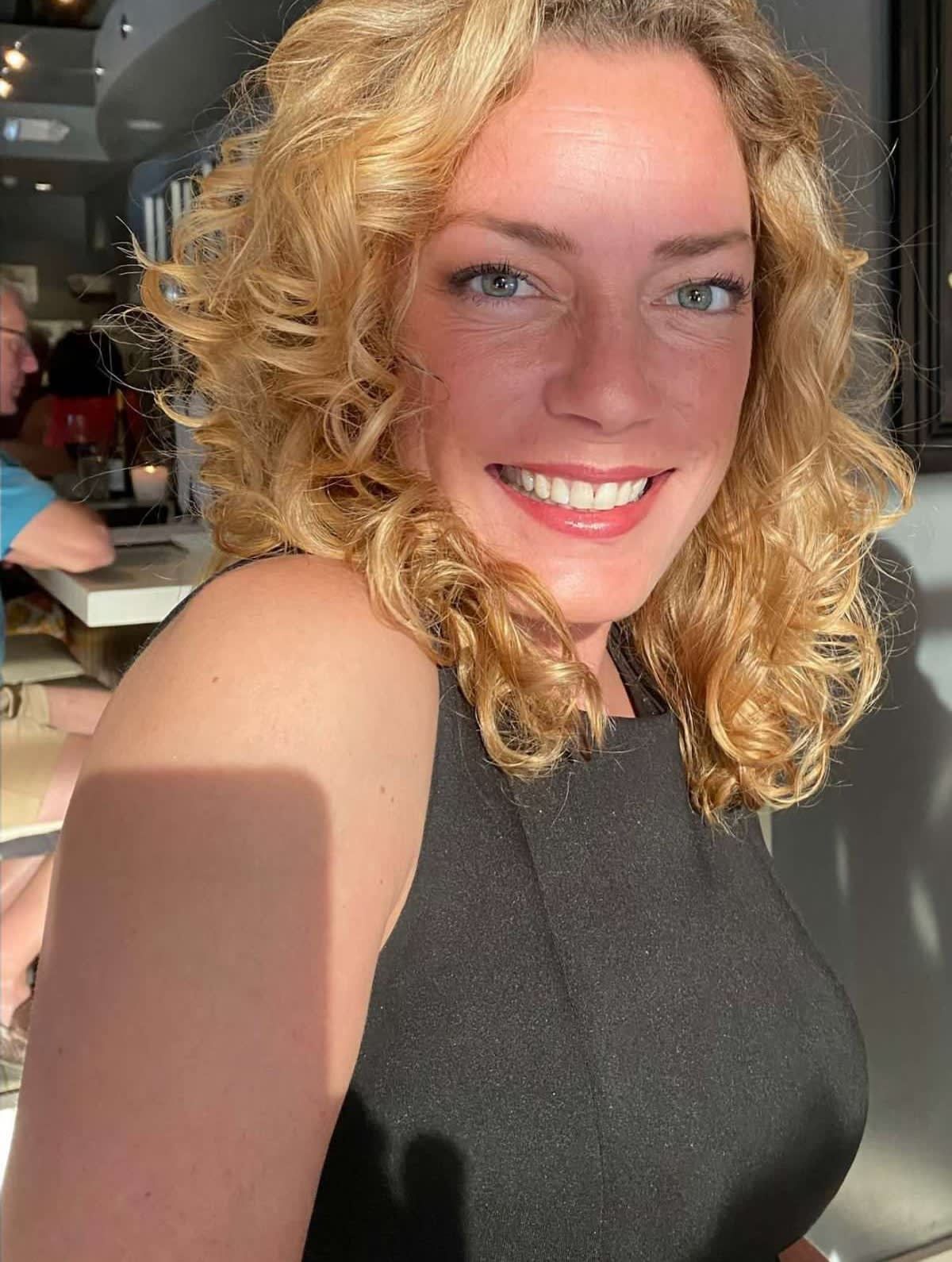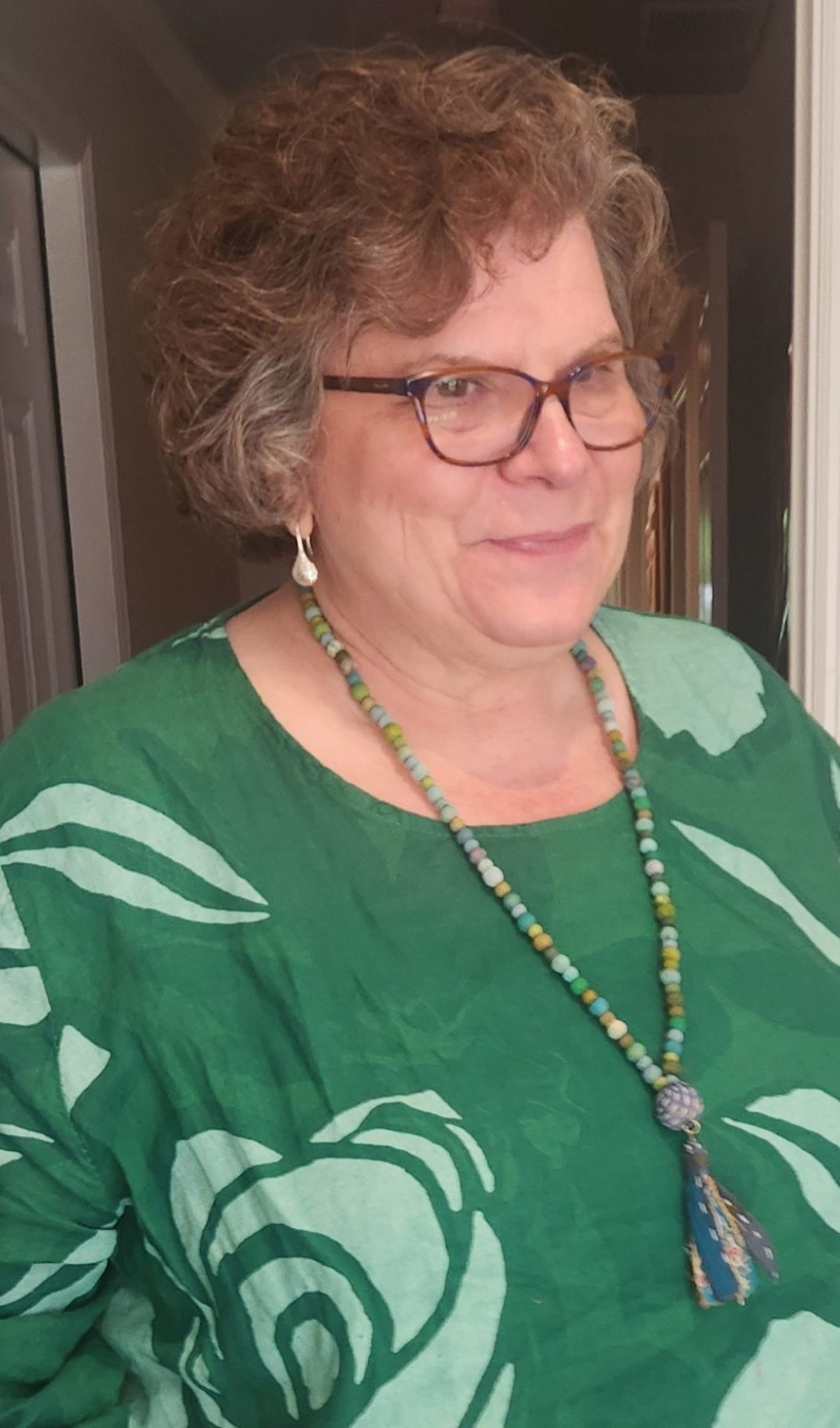Three Beaufort neighborhoods are recommended as pilot areas for moving overhead power and communications cables underground, according to a report from the Beaufort Tree Board.
Still under study: How to pay for the estimated $1 million pilot project. Options include special assessments on utility bills; the city’s partner, SCE&G, allows for such joint ventures between utility and customer through its Non-Standard Service Agreement. Using similar funding from other low-voltage providers is one possible avenue of funding.
Sections of the historic Point, nearby Pigeon Point and Mossy Oaks should be the first locations where power poles are removed and cables buried. That’s largely because of the existing tree canopy and number of quality live oaks impacted, Tree Board Chairwoman Barb Farrior said.
The Tree Board, working with city staff and at the City Council’s direction, began meeting about a year ago to find ways to improve Beaufort’s protection of live oaks and other trees, to improve safety and to stop or reduce the utility companies’ major limb trimming that happens every five years.
“This is an important first step that will help shape our work to come,” Beaufort City Manager Scott Dadson said of the recommendations. “Every journey starts with a few steps, and these initial steps are important to set the tone for what will come as we move forward.
“Ultimately, Beaufort will look better, our residents will be better served by lines that aren’t knocked down by falling tree limbs during thunderstorms, and we’ll allow our tree canopy to grow in a more natural way without the hacking that’s required for power line clearance,” he said.
The City Council gave the first of two required approvals this month to an ordinance that basically requires that, as electrical power lines are relocated and/or moved underground, the low-voltage communications and cable TV lines move with the power lines. The goal: Reduce the number of poles and overhead lines crisscrossing the city.
Beaufort officials are partnering with SCE&G to relocate overhead power lines underground. As that is being done, low-voltage lines that typically carry cable TV and phone signals also should be buried, Dadson said.
Will Saleeby, an engineer with power provider SCE&G, helped the Tree Board. He suggested they concentrate on two-block areas where lines could be easily “looped” once placed underground.
“The Tree Board scouted the city, neighborhood by neighborhood, evaluating trees as they interfaced with areas of easily looped single phase power lines, the ones that connect houses to the main power lines,” said Eliza Hill, landscape architect for the Beaufort Planning Department.
“The board’s conclusion and recommendations are based on the ease of looping each circuit, the quantity of significant trees, the health of those trees and, of course, cost,” Hill said.
Over the course of the year, the Tree Board met with utility and cable companies on two occasions and members of the Point Bury Beaufort Cables Committee.
Early projects put the cost of burying overhead lines in two blocks of the Point at about $197,000, including power, cable and phone lines. The area is bordered by Federal, Pinckney, King and East streets.
The projected cost to relocate lines on two blocks of Pigeon Point — Woodward Avenue, Nairne, Emmons and Pigeon Point Road — is about $379,000. The conversion cost in the recommended area of Mossy Oaks along Langhorne Drive, Duncan Drive and Waverly Way is about $500,000.
“The (Tree) Board will continue to research and evaluate potential funding sources for supplemental financing of this conversion project,” Farrior said, thanking “the concern by Beaufort’s citizens regarding the protection of our urban forest.”
Latest from Community
July 31, 1947 – Sept. 4, 2025 Beaufort, S.C. Claire DeVaux “Doadie” Evans Parker, who died
Nov. 15, 1985 – Dec. 8, 2025 Beaufort, S.C. Christen Noelle Miller, LMT, PTA, ES, age
March 16, 1955 – December 5, 2025 Nina Delk loved a good story. If you talked
July 5, 1964 – December 5, 2025 Wendy Eden Jones left this earth on Friday, Dec.
By Delayna Earley The Island News The holiday season is here, and Beaufort has no shortage






